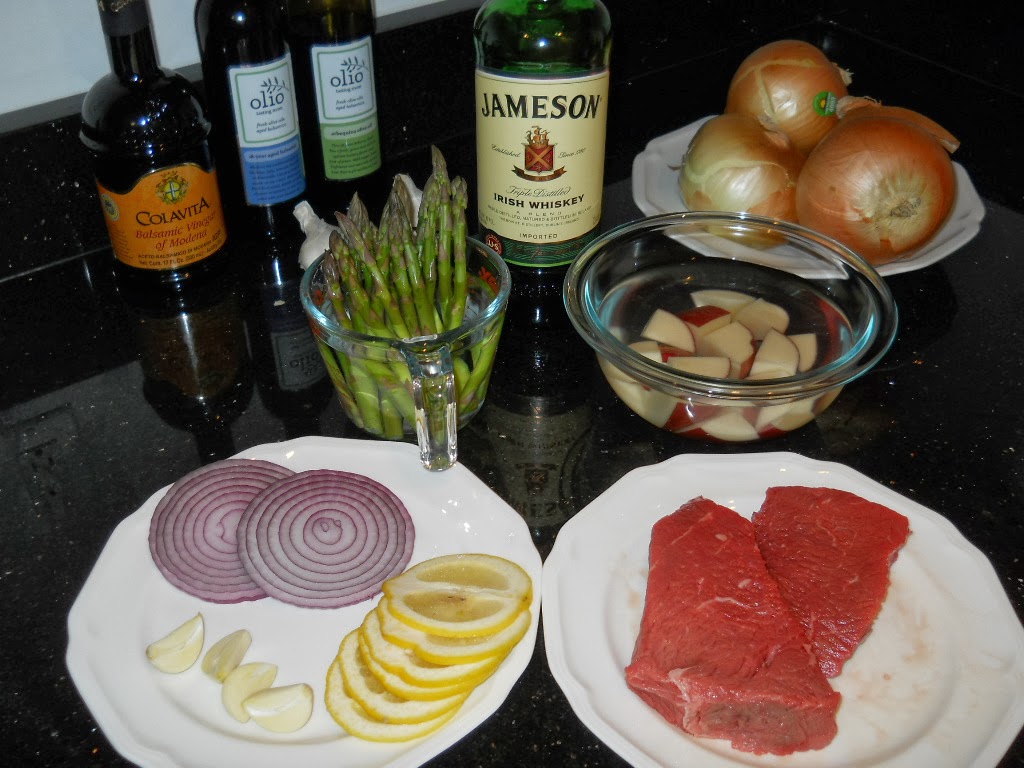 |
| fresh pain sur poolish |
Pain Sur Poolish
A fresh baguette is incomparable. Here are some tips and a process to ease the accomplishment of this end. Do not be discouraged at early failure. Bread making is an art, not a science and, therefore, requires patient devotion. We are mere neophytes but he wins who waits ...
Nota Bene: the best book on this subject is Joe Ortiz, The Village Baker: Classic Regional Breads From Europe And North America, Ten Speed Press 2003. Ortiz' treatment of the art of bread-making is thorough but comprehensible. He also treats the regional breads of France, Italy, and Germany where he has visited many times. It is a first-hand account of European breads by a master artisan.
Proofing the yeast:
 |
1. proofing yeast
|
 |
| 2. proofed yeast |
|
1) 1/2 cup lukewarm water (105 F, to be precise, err on the side of colder)
2) Sprinkle and float 1 tsp of yeast so it floats
on top of the water.
3) Sprinkle a pinch of sugar over the yeast.
4) Wait until the mixture is bubbly (10-15 mins)
Mixing the poolish:
 |
| 1. mixed poolish |
|
1) Place 1 cup of flour in a bowl and make a fountain.(low gluten flour)
2) Pour the proofed yeast into the fountain.
3) Rinse the yeast cup with 1/2 cup of lukewarm water (100 F)
 |
| 2. poolish rising |
4) Mix thoroughly and scrape down sides. (resulting mixture is 50/50 water and flour.)
5) Place in a cool oven alongside a bowl of boiling hot water. (Oven temperature should be between 90-100 F)
 |
3. fallen poolish
|
6) Wait around 4 hrs until it rises to twice its volume and falls. (Yeast will have consumed most of the available sugars in the poolish and will have multiplied substantially.)
Mixing the dough:
 |
| mixed dough |
1) Place 2 cups of flour (high gluten) in a bowl and make a fountain add a pinch of sea salt.
2) Add 1/4 cup of water to poolish.
3) Add poolish to the fountain.
 |
| proofing dough |
|
4) Mix until very elastic and no longer sticky. (you are developing the gluten by kneading)
5) Let dough rest for 10 mins. This is a "gluten rest" and will give time for gluten to form.
6) Resume vigorous kneading until dough is stiff and (hopefully) satin smooth.
 |
| risen dough |
|
7) Turn into an oiled bowl.
(1)
8) Let dough rise at room temperature until almost doubled in size.
Making the baguettes:
 |
| loaves | |
1) Preheat oven to 425 F.
2) Separate dough into two halves.
3) Fold in on itself until very taut and let rest 5 mins.
4) Form into loaves by folding only in one direction, keeping the tension, let rest 5 mins
6) Stretch into baguettes and place in or on a pan depending on the pan.
7) Slice thrice (cuts should be angled at 30 degrees, this is important to let the loaves bloom evenly in the oven and it will let the wee folk out)
 |
| stretched loaves |
8) Let proof until dough no longer springs readily back when poked (It will spring back slightly, that is good.)
9) Toss a 1/4 cup of water in the bottom of the oven (not on glass door, not of the glass lights, they will break)
10) Put baguettes into the oven and bake for 10 mins.
11) Rotate pan and bake for 10mins
12) Rotate pan and finish baking (probably another 10 mins)
1) Baguettes should be a golden to dark brown all over.
2) Should sound hollow when rapped.
3) Should start to crackle when taken out of the oven for 2 mins
(in fact, the crackle is the sign of a good loaf.)
Eating:
1) Baguette should be cooled to warm before cutting
2) Baguette should be eaten within 4 hrs
3) In
the unlikely event that is it not eaten within 4 hrs, split baguette in
twain and rub each half with olive oil and garlic, bake in a 350 F oven
for 20 mins wrapped in foil
4) In the very unlikely even that it is not eaten within 24
hrs, cube baguette and sautee with olive oil and garlic until crisp
croûtons are achieved.
-----------------
1. Due to some feedback from users, it seems necessary to
mention that the bowl be merely lightly oiled, despite the goodness of
olive oil--save whatever oil one may want to put into the bowl to dip
the finished bread into later.
 |
| pizza |
The dough for one baguette can also be used to make one 16" pizza. Just stretch out the ball into a circle instead of making it into a loaf. Do not roll it with a rolling pin as this will remove all air from the dough and result in a non-fluffy and non-wonderful crust.
Bake on the bottom rack of a 470 F oven until dark brown crust and cheese is achieved. Do not use lots of tomato sauce or it will prevent the centre crust from cooking.










































